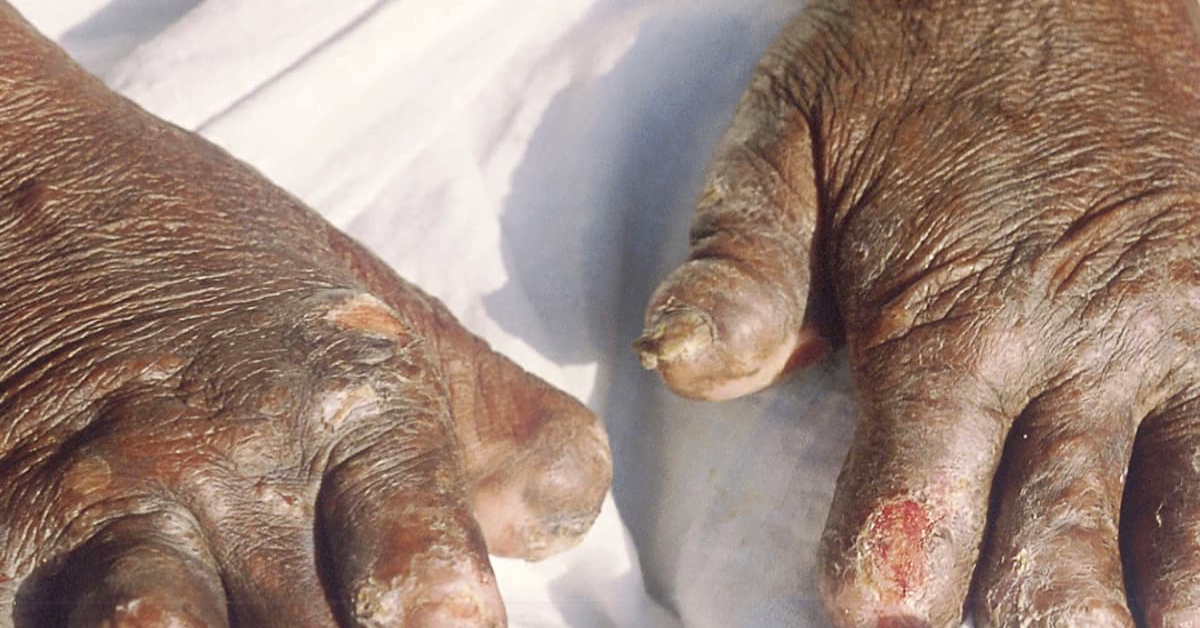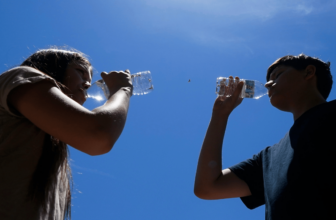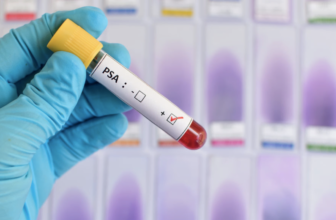
Surging leprosy cases in Florida indicate that the chronic infectious disease might have become endemic in the southeastern United States.
The number of cases in the southeastern states has more than doubled in the past decade, with Florida being one of the top reporting states, as per the latest report by the Centers for Disease Control and Prevention (CDC).
Central Florida alone accounted for 81 percent of reported cases in the state and nearly one-fifth of nationally reported cases.
Increased incidences of leprosy cases raise concerns as historically, the United States has seen uncommon occurrences of the disease.
The annual number of documented cases reached its peak around 1983 and then declined.
However, recent reports suggest a gradual increase in the disease’s incidence, with the southeastern states experiencing more than a twofold rise over the last 10 years.
The National Hansen’s Disease Program reported 159 new cases in the United States in 2020.
Previously, leprosy mainly affected individuals who had immigrated from leprosy-endemic areas.
However, during 2015–2020, 34 percent of new case patients seemed to have locally acquired the disease, indicating its spread within the population of this specific region.
The reasons behind the disease’s spread in certain parts of the United States, including Florida, remain unclear to scientists.
CDC states that the disease is likely transmitted through droplets from coughs and sneezes and through prolonged contact, but it does not spread through casual physical contact, like handshakes or sitting next to an infected person on a bus.
Studies suggest that animals, such as nine-banded armadillos, can carry the bacteria, but recent cases in Georgia and central Florida could not be linked to animals or international travel.
For instance, the CDC cited the case of a 54-year-old man from central Florida who was treated for leprosy and had neither domestic nor international travel history.
Moreover, he did not have prolonged contact with individuals returning from high-risk countries.
The man’s work in landscaping and spending long periods outdoors indicated the absence of traditional risk factors.
Leprosy primarily affects the skin and peripheral nervous system and its course varies depending on individual susceptibility.
Typical symptoms include nodules on the skin, muscle weakness or paralysis, nosebleeds, and eye problems that may lead to blindness.
The disease is identifiable by patches of skin that may look lighter or darker than normal.
Treatment usually involves a combination of antibiotics that target the bacteria causing leprosy, and the therapy cycle typically lasts between one to two years.
Following the prescribed treatment can lead to a cure.
However, if left untreated, the disease can cause nerve damage resulting in paralysis and crippling of the hands and feet.





